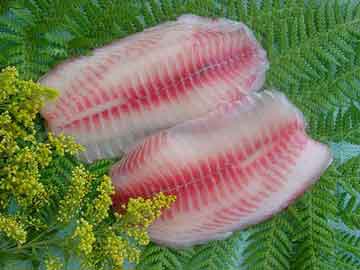Yesterday, my in-laws, my wife's sister, her husband and their kids came to Sunday dinner. That made nine mouths to feed, many more than I'm used to.
What to make? I've had my share of cooking-for-the-masses missteps over the years. I've learned the hard way to keep it simple and quick. Don't try that fancy dish requiring 10 ingredients, seven steps and constant attention. Cooking large portions magnifies difficulty, while making the necessary attention to detail tougher. You always end up rushed and the food never comes out as good as a smaller portion. Plus, you get stuck in the kitchen while everyone else is talking and having fun.
So when guests come, I stick to tried and true dishes that you can prep beforehand and just throw into the oven.
I thought about this wonderful dish,
pancetta chicken, that I blogged about before, but then settled on stuffed shells. None of us are Italian, but because most of us grew up in Connecticut with its large Italian-American community, we love Italian (or to be more exact, Italian-American) food.

Without a family marinara sauce, I experimented for years with different recipes, many of them requiring multiple ingredients including carrots, sugar, chicken broth, etc. Often they required hours of simmering, turning the making of simple sauce into a culinary Bataan Death March. I didn't even venture the Big Kahuna of
marinaras, the Sunday Gravy, in which a beef roast simmers in the sauce literally all day.
Then I tried the recipe in the
Rao's Cookbook, the simplest I'd yet seen. It was brilliant, and I've used it ever since.
Rao's is a legendary Italian restaurant in East Harlem that you can't get into unless you know someone. For you Sopranos fans,
Rao's owner Frank
Pelligrino played FBI agent Frank
Cubitosi.
I made the marinara the day before. Here's the recipe with some minor adjustments from me:
Six tablespoons minced onions
Two to three cloves minced garlic
Half a cup of extra virgin olive oil
Four 28 oz cans of plum tomatoes, best quality available
Two teaspoons dried basil or a dozen to two dozen torn basil leaves, depending on taste
Two to three shakes of ground oregano
Salt and pepper to taste
Mince garlic and onions. Pour tomatoes into a large bowl and hand crush them, removing any hard parts.
Pour olive oil into a large, heavy pot (I use a Creuset Dutch oven) and set to low medium. Saute onions until translucent, about seven minutes. Do not brown. Add garlic and cook for 30 seconds, again being careful not to brown.
Add tomatoes and salt and stir until olive oil is incorporated into the tomatoes. Bring a boil and then simmer for an hour to 90 minutes or more, depending on preferred thickness.
Add basil and oregano and simmer for five minutes.
When you hit it just right, this sauce is fluffy, flavorful and light. My daughter loves it so much she sometimes spoons into her mouth without pasta.
This recipe yields about seven to eight cups. Use what you need and freeze the rest.
Next, I made the shells. Pretty simple. The rule is 1 lb ricotta per per half lb
mozzarella, plus grated
Peccorino Romano cheese to taste. Add an egg, mix and spoon into
pre-cooked shells a little underdone so they are easier to work with and don't overcook in the oven. This yields about 24 shells.
Put down a bed of marinara in baking dishes, lay the shells on top and then drizzle sauce over the tops followed by more grated
Peccorino Romano. Bake at 375 degrees for about 25 minutes. Let sit five minutes before serving.
Unlike many shell dishes, which are often slathered in too much cheese, this one is light and airy. You don't feel like there's a car battery sitting in your stomach afterwards.
The shells were a huge hit. I made 48 expecting to have about ten left over. There were three by the time everyone had seconds and even thirds.













